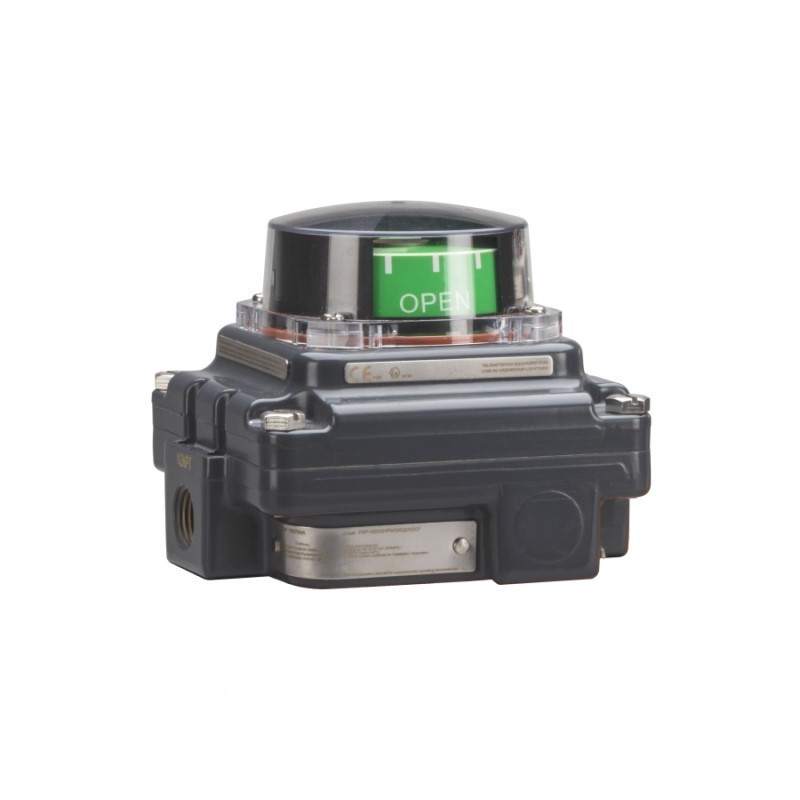Limit switch
Category: Limit switch
Product Details
The valve limit switch consists of mechanical and electrical components. The mechanical part typically includes the valve stem, travel shaft, transmission mechanism, and other elements that detect the valve's position. Meanwhile, the electrical components—such as sensors, switches, and cables—convert the positional information sensed by the mechanical parts into electrical signals, which are then sent to the control system.
The working principle of the valve limit switch is based on the relationship between the travel of its mechanical components and the valve's position. When the valve is closed, the travel shaft connects to the valve stem, and the sensor detects the position of the travel shaft, sending a signal to the switch. The switch then transmits this signal to the control system, which determines whether the valve is fully closed by analyzing the signal.
When the valve opens, the travel shaft disconnects from the valve stem. The sensor detects this change in the travel shaft's position and sends a signal to the switch. The switch then transmits the signal back to the control system, which determines whether the signal indicates an open state, thereby confirming that the valve is fully open.
The valve limit switch serves multiple functions. First, it helps the control system monitor the valve’s position in real time, ensuring that the valve opens and closes as intended. Second, it provides valve position information to operators for easy operation and maintenance. Additionally, the valve limit switch features an alarm function: if the valve encounters abnormal conditions—such as unusual process pressure or temperature limits—it promptly sends out an alert signal, safeguarding the system’s safe operation.
The selection of valve limit switches should be determined based on the specific application scenario. First, consider the type and size of the valve to identify a suitable limit switch. Next, take into account the environmental conditions, choosing a switch that can withstand extreme temperatures, high or low pressures, and corrosive environments. Finally, align with system requirements by deciding on the signal transmission method and selecting the appropriate switch type and cable.
In summary, valve limit switches are critical devices for controlling the open and closed positions of valves. They achieve valve position sensing and control through the coordinated operation of mechanical and electrical components. Widely used across various industrial sectors, these switches play a vital role in ensuring safe system operation and optimizing performance. When selecting and deploying limit switches, it’s essential to consider factors such as valve type, environmental conditions, and signal transmission methods, ensuring both compatibility and reliability.
Keywords: Limit switch


